When users notice a whitening efficacy decline during treatment, devices often respond with pulse intensity spikes—abrupt increases in light or vibration power intended to compensate but which can damage enamel and irritate gums. For B2B manufacturers, understanding this feedback loop is vital to designing stable, safe whitening systems that maintain consistent performance without resorting to power surges.
Many whitening units rely on optical or force sensors to gauge bleaching progress:
Robust sensor calibration and auto-recalibration routines are therefore the first step toward stabilizing performance.
Bleaching gel chemistry also changes during use:
Integrating gel-level sensing and dosage-compensation algorithms can replace brute-force intensity increases.Company web: https://www.powsmart.com/product/electric-toothbrush/
Embedded control logic often prioritizes treatment completion over user comfort:
Updating firmware to incorporate multi-level thresholds and time-weighted averages prevents harmful intensity spikes.
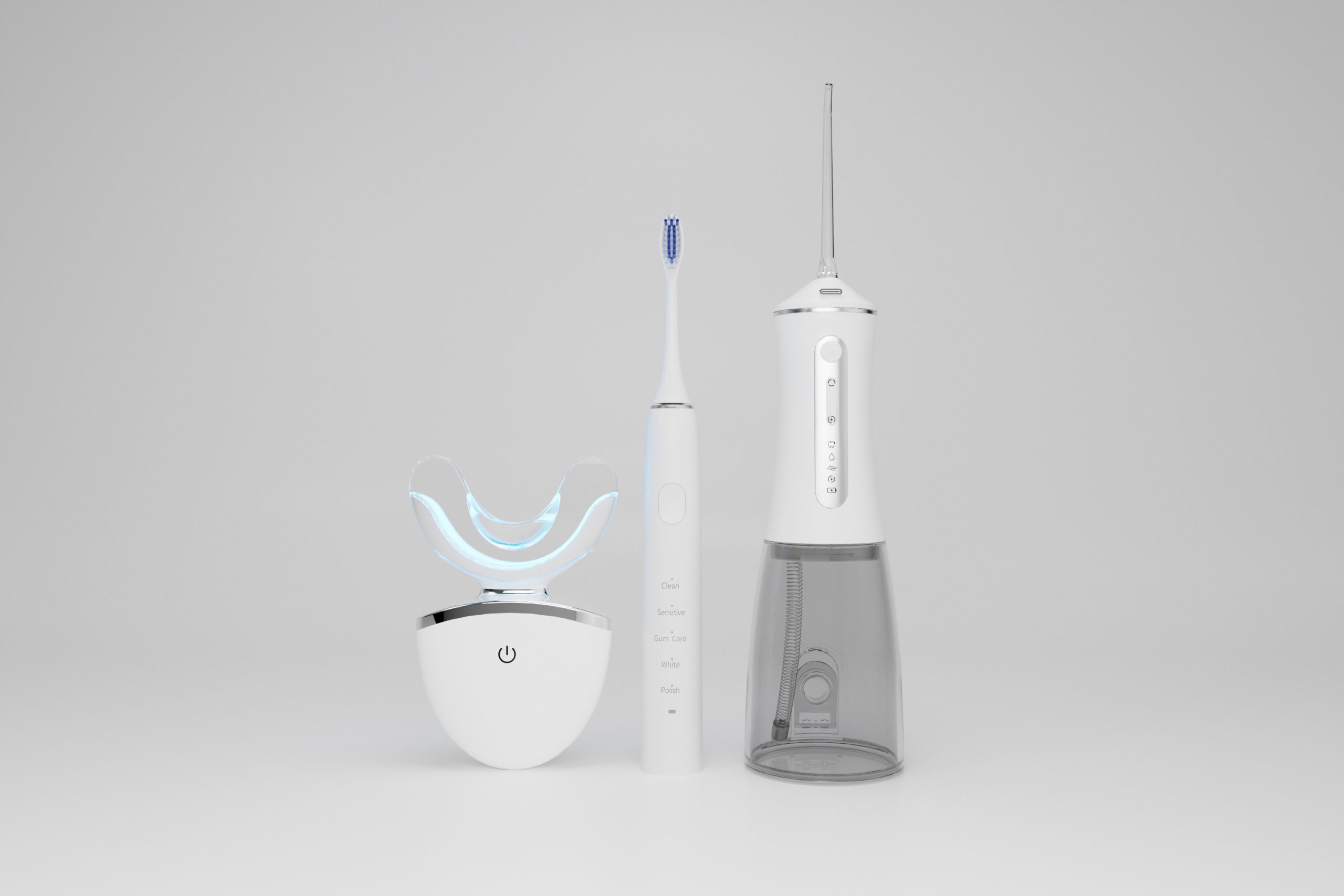
Hardware wear and tear contributes as well:
Routine maintenance reminders and self-diagnosis routines help avoid hardware-induced pulse anomalies.
Improper user habits exacerbate the issue:
Educating end users on correct gel handling and session pacing reduces false efficacy alarms.
To eradicate the root causes of pulse intensity spikes, B2B manufacturers should:
By integrating smarter sensing, adaptive control logic, proactive maintenance, and thorough validation, you can deliver whitening devices that maintain consistent efficacy—without resorting to jarring pulse intensity spikes.
Conclusion
Addressing the interplay between whitening efficacy decline and pulse intensity spikes requires a systems approach encompassing sensors, firmware, hardware durability, and user guidance. B2B manufacturers who embrace these six strategies will produce robust, user-friendly whitening solutions, strengthening partner confidence and driving long-term success. For deeper collaboration on advanced whitening-mode engineering, please contact our team.
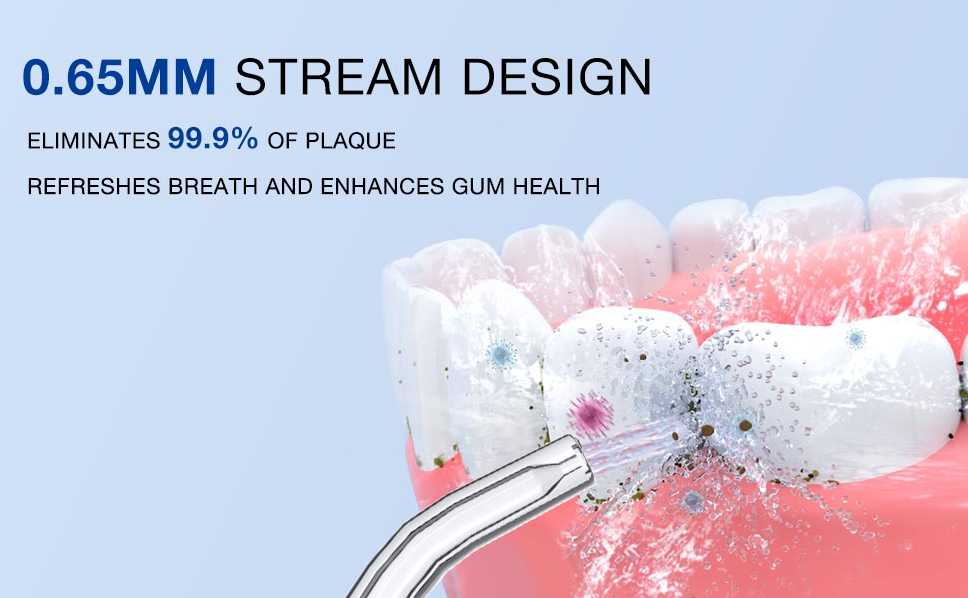
1200 vs 1800 water flosser pulse/Minute: Which Water Flosser Pressure Setting Works Best for Plaque Removal Without Gum Irritation?
Why Self-Developed Motors Matter in Electric Toothbrushes?

The Advantages and Current Usage of Electric Toothbrushes’ cleaning efficincy
Does UV Sterilization Risk Outweigh Travel Case Defects?

The Importance of Water Resistance for Teeth Whitening Devices and Anti-Saliva Corrosion Structure
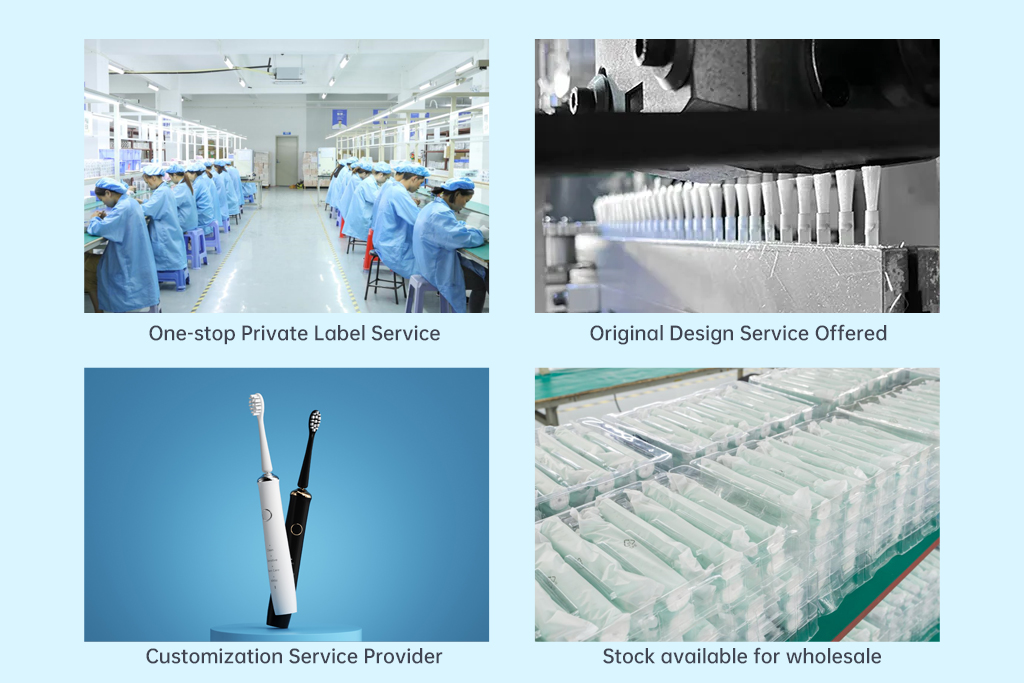
Technique Affecting Periodontal Pocket – How Deep Is the Impact?
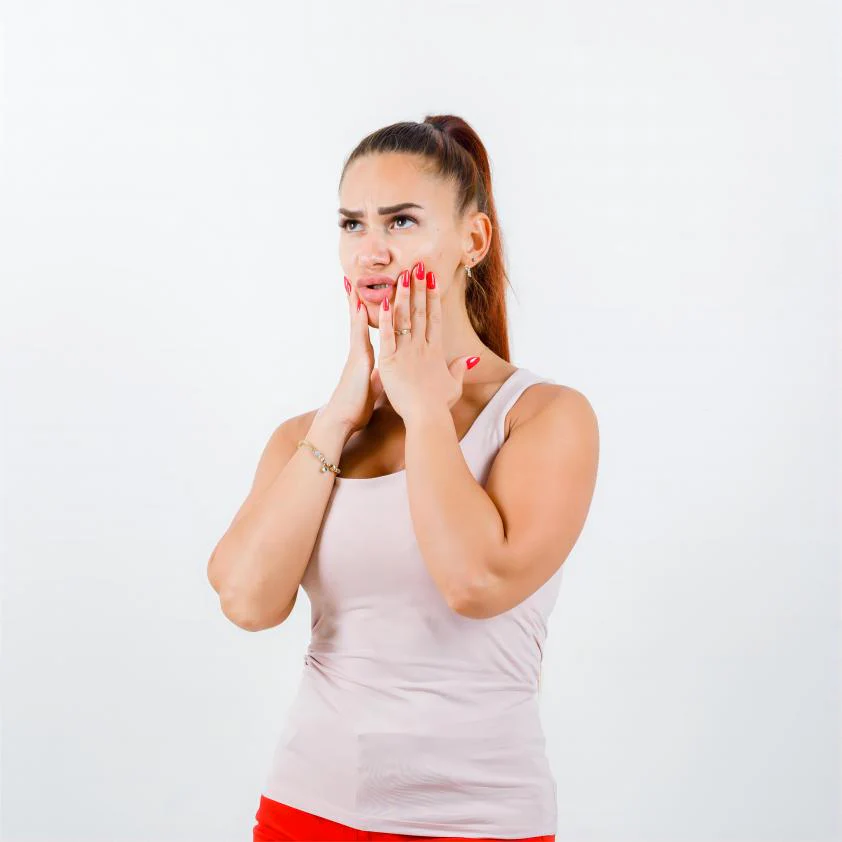
Can an Electric Toothbrush Help Relieve Tooth Sensitivity?
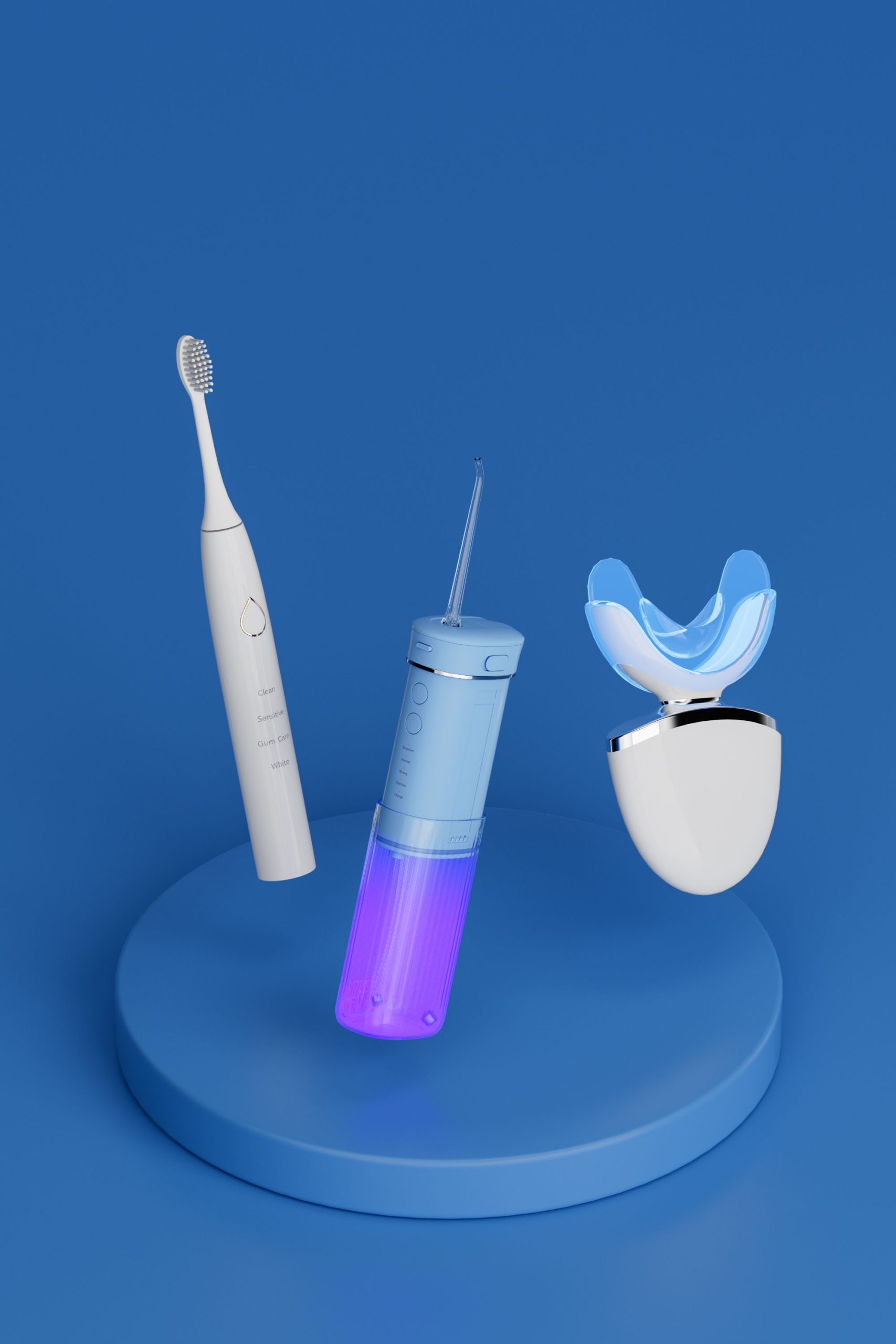
PowSmart’s Commitment to Quality: What Sets Our Oral Care Products Apart

Why a Hindi brushing guide is essential for your First-time user guide
How Does Allergen Testing Prevent Bleach Residuals?

Herbal toothbrush India or Natural bristle toothbrush — which is safer for electric brush programs?

7 Reasons to Start Your Electric Toothbrush Business in 2023

How Dentists Start an Electric Toothbrush Business Introduction
Why Does Your Electric Toothbrush Have Battery Corrosion Issues and Charging Base Failure?
Does Your Brush Fight Plaque Smartly?
Crown Compatibility with Pressure Sensors Tech?

Customization Teeth Whitening Gel

Private Label Whitening Gel

electric toothbrush heads Regular Clean

electric toothbrush heads Charcoal Infuse-Round

electric toothbrush heads Deep Clean

electric toothbrush heads Ultra Soft

Electric toothbrush heads Charcoal Infused-Diamond
.jpg)
Florida Electric Toothbrush – Powsmart PTR-C8
whstapp
whstapp
National Toll-Free Service Hotline
+86 755 86238638